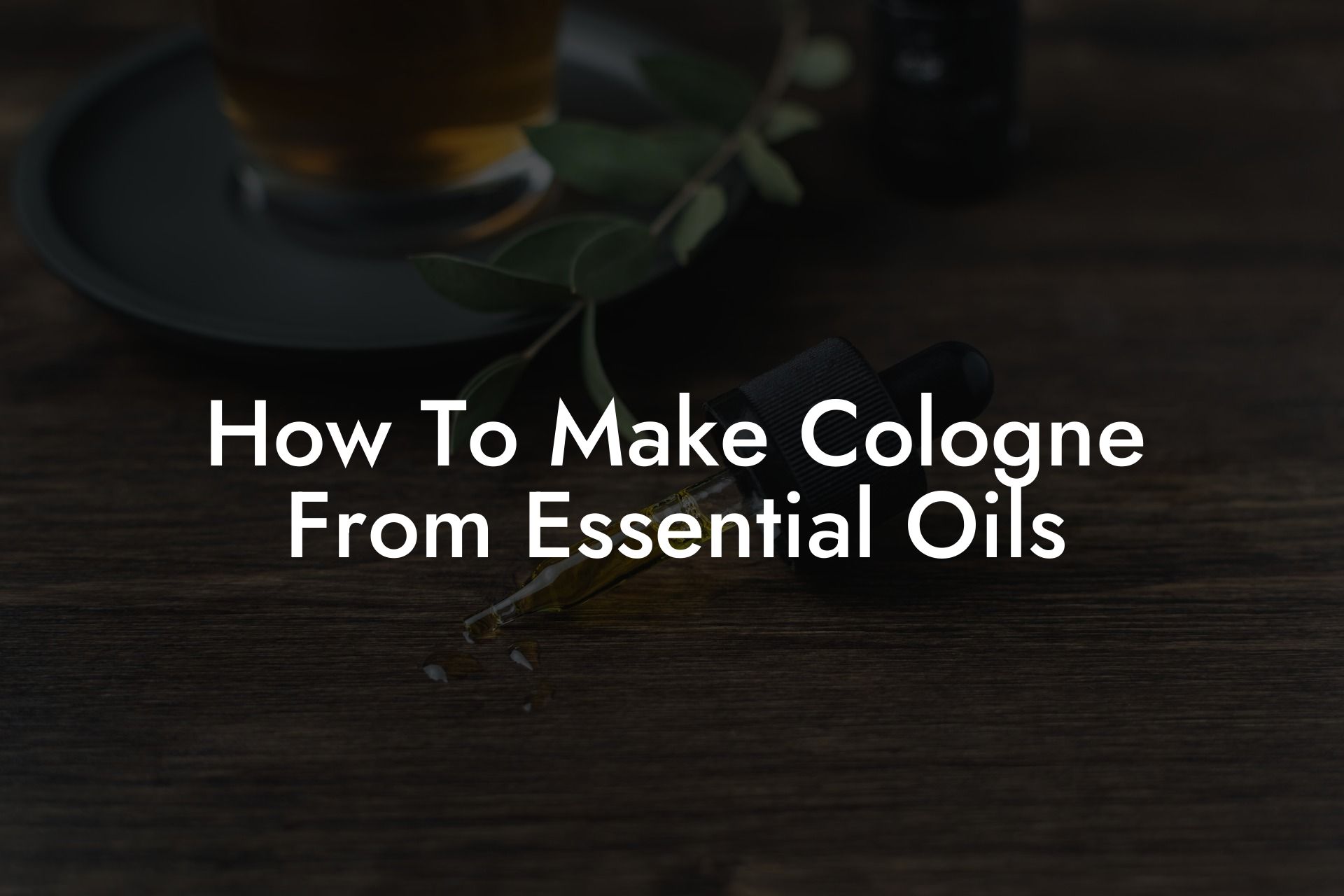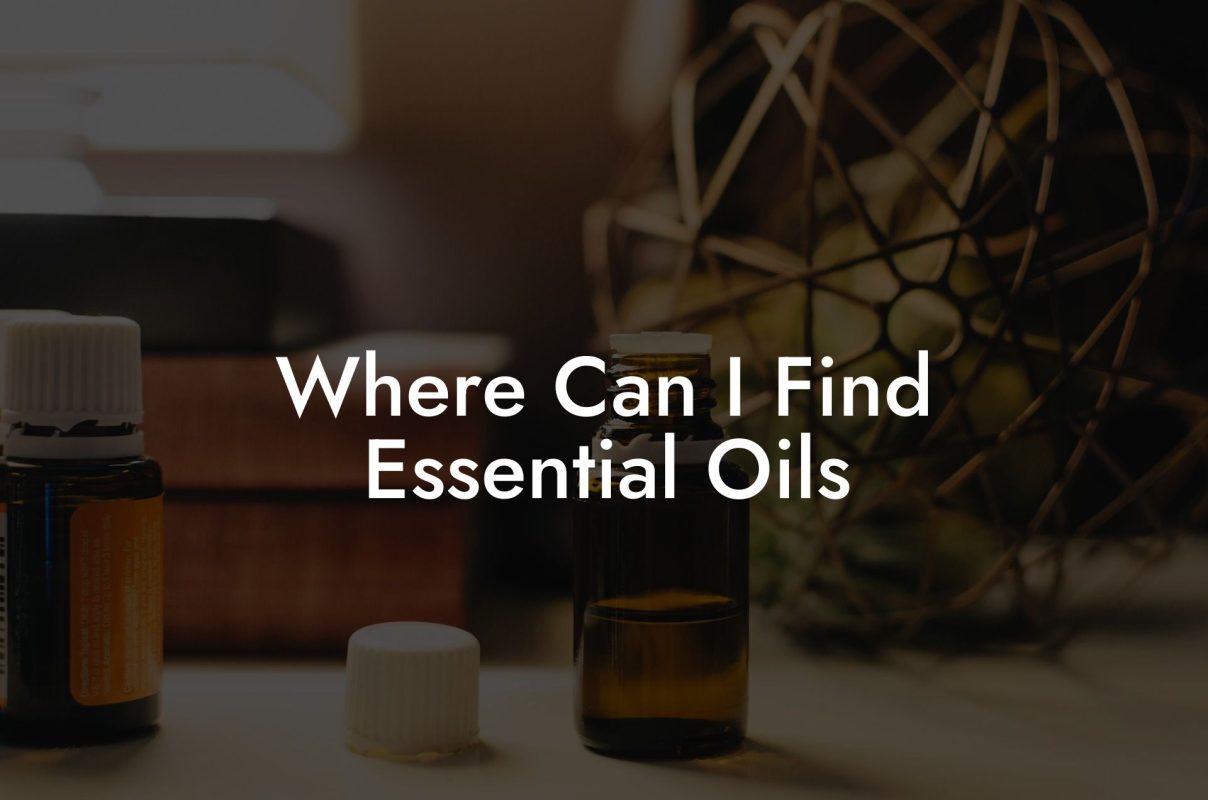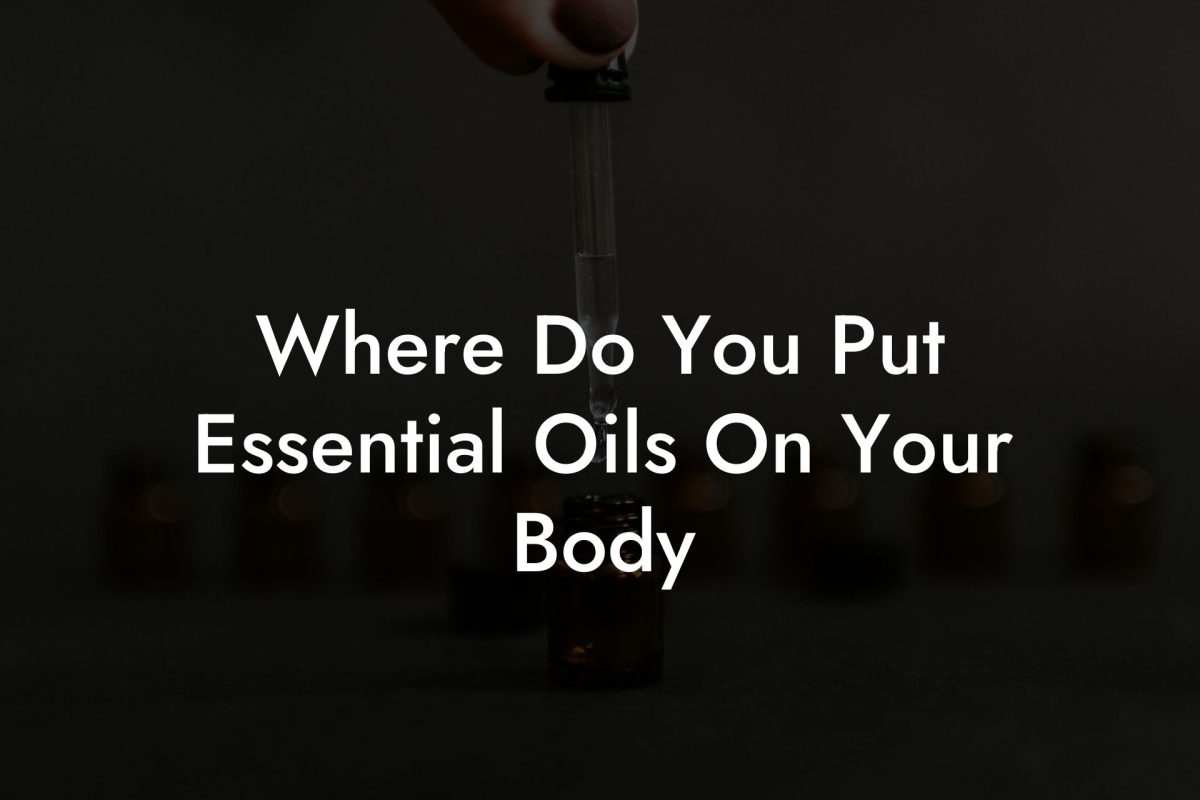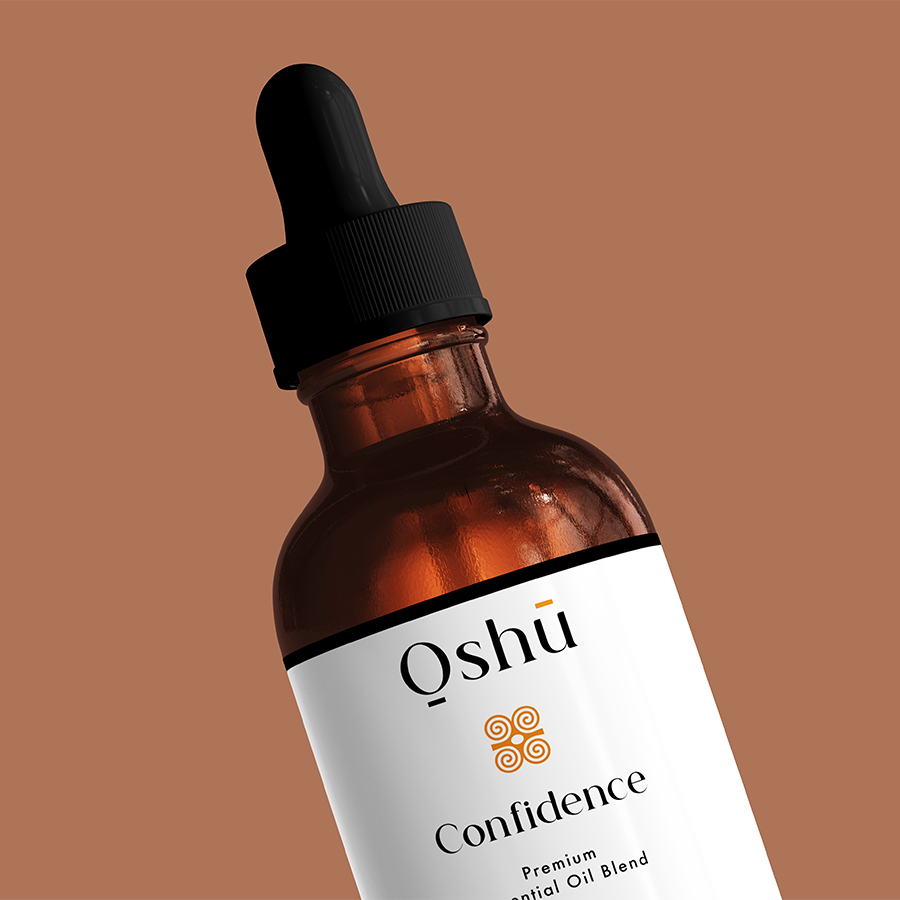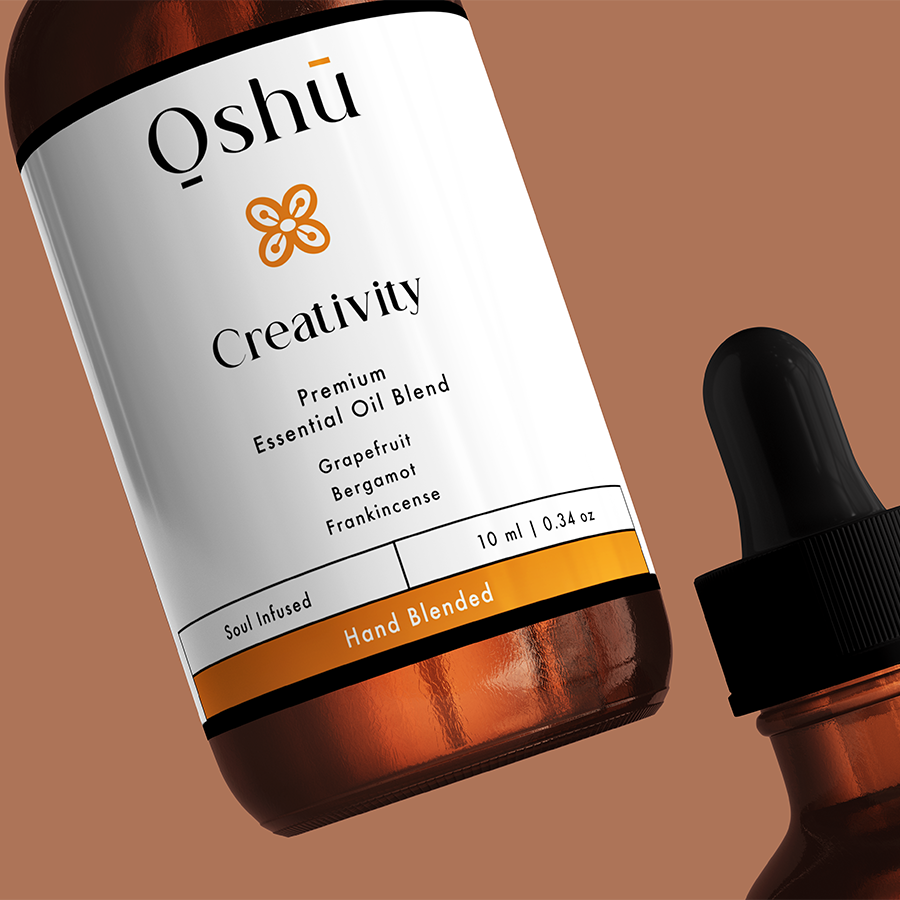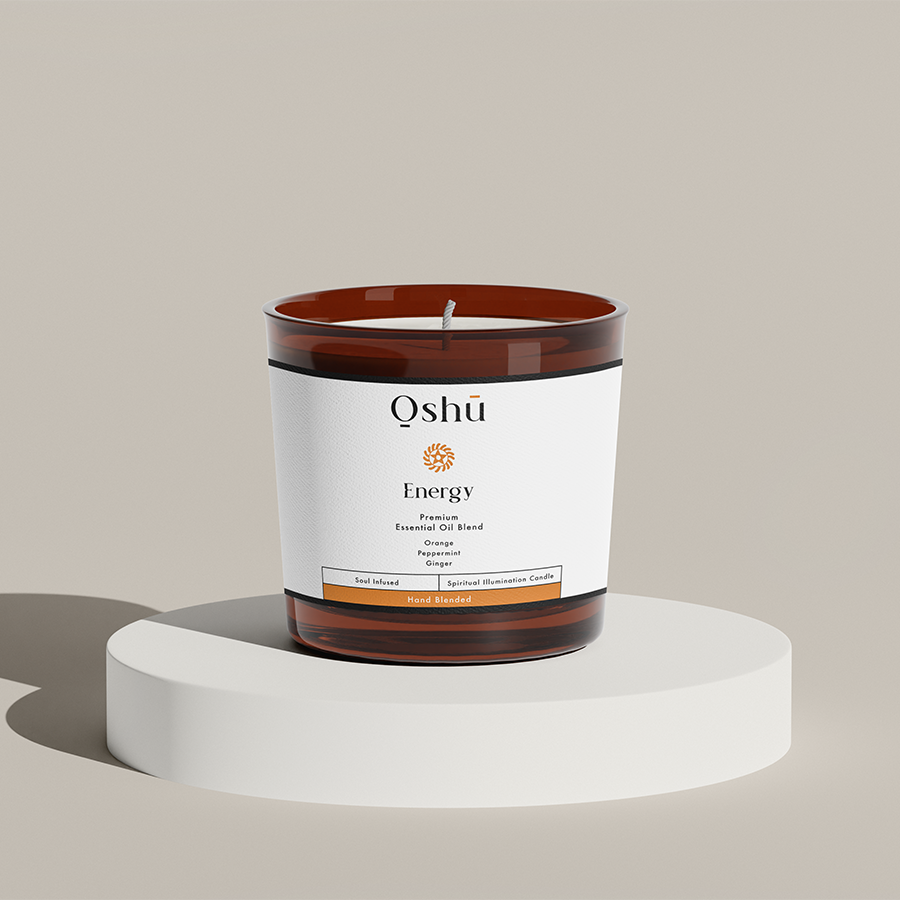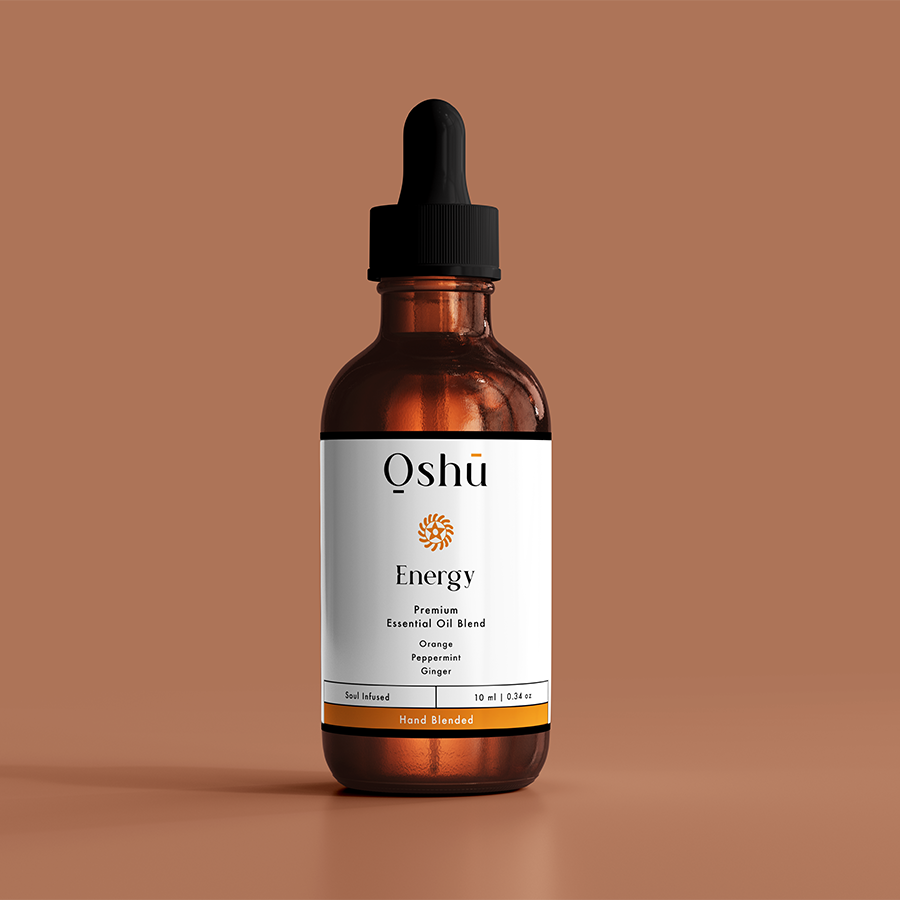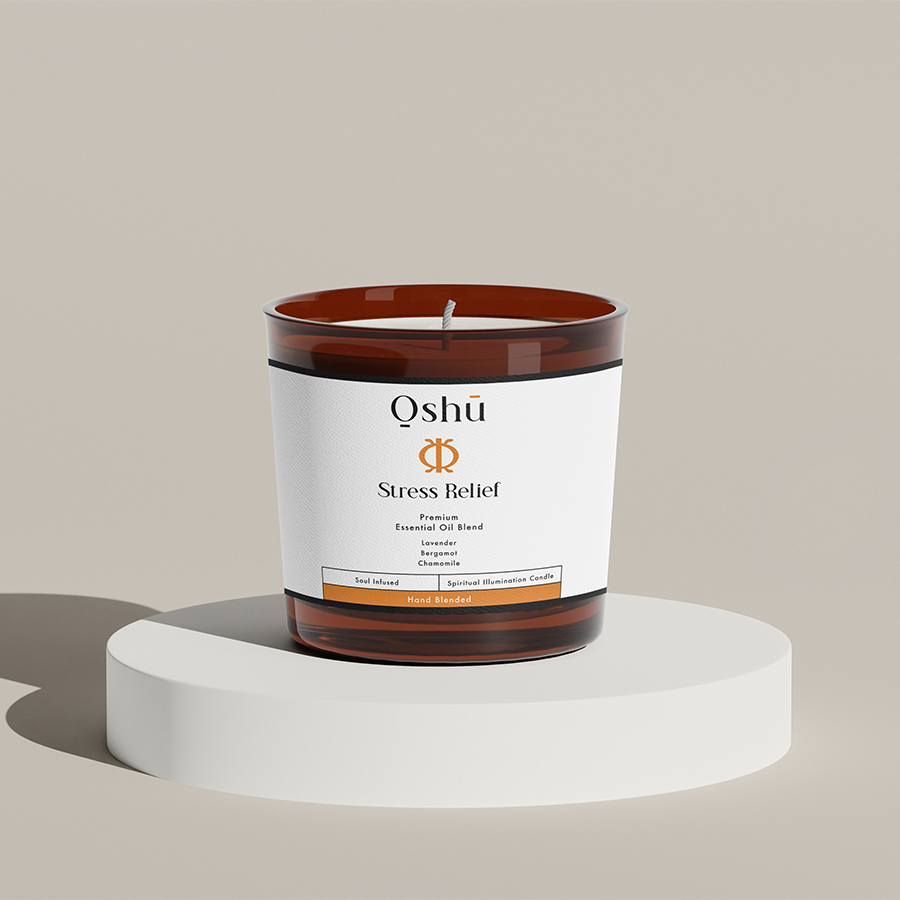Discover the art of making natural, personalized cologne from the comfort of your home! With the use of essential oils, you can create unique and long-lasting fragrances that are not only captivating but also beneficial for your overall wellbeing. Dive into this comprehensive guide to learn how to make cologne from essential oils, and explore the fascinating world of aromacology and the Oshu Oils range of essential earth oils.
Table of Contents
Choose Your Essential Oils
Before starting, you need to select the essential oils that will make up your unique cologne. Consider the following factors when making your choice:
- Personal scent preferences
- Desired emotional or therapeutic benefits
- Compatible fragrance notes and blending principles
Keep in mind that there are three fragrance categories when creating a cologne: top notes, middle (or heart) notes, and base notes. These notes interact with each other and influence the overall scent.
Top Notes
These are the initial scents that you smell upon applying the cologne. They are usually light, fresh, and uplifting fragrances that quickly evaporate. Some examples of top note essential oils include:
- Bergamot
- Lemon
- Peppermint
- Eucalyptus
Middle (Heart) Notes
Middle notes make up the majority of the cologne’s fragrance and can last a few hours after application. These scents help to balance the lighter top notes and the heavier base notes. Examples of middle note essential oils are:
- Lavender
- Rosemary
- Chamomile
- Ylang Ylang
Base Notes
These oils give the cologne its long-lasting, deep scent and will develop over time after application. Base note essential oils include:
- Sandalwood
- Vetiver
- Patchouli
- Cedarwood
Create Your Cologne Blend
Once you have your essential oils selected, mix them following these general blending guidelines:
- 30% top notes
- 50% middle notes
- 20% base notes
Start by combining these oils in small drops, so you can adjust the ratios as needed to achieve your desired scent. Always use a glass container when blending essential oils, since some oils can react with plastic containers.
Dilute Your Blend
After you have created your unique essential oil blend, it’s time to dilute the oils with a carrier oil. Carrier oils are important to ensure safe application and to prevent irritation. Examples of carrier oils include:
- Jojoba oil
- Almond oil
- Grapeseed oil
A general guideline for dilution is to mix 10% essential oil blend with 90% carrier oil. You can adjust this ratio depending on your personal preference and skin sensitivity.
Store and Apply Your Cologne
Transfer your diluted cologne blend into a glass container with a spray or rollerball applicator. Store it in a cool, dark place to maintain its quality and longevity. Apply your homemade cologne to pulse points, such as your wrists, neck, and behind your ears, for the best results.
How To Make Cologne From Essential Oils Example:
Let’s create a simple and refreshing cologne blend using essential oils.
- Top Note: 6 drops of Bergamot
- Middle Note: 10 drops of Lavender
- Base Note: 4 drops of Sandalwood
In a glass container, mix all the essential oils. Add 80 drops of Jojoba oil as your carrier oil. Mix well and transfer the blend to a glass bottle with a rollerball applicator. Voila! You have successfully made your own cologne from essential oils.
Congratulations on creating your own unique cologne from essential oils! With endless possibilities and benefits from essential earth oils, you can now embark on a journey of crafting distinct, natural fragrances that cater to your personal preferences and wellbeing. Share this guide with those interested in the world of aromacology and essential oils, and be sure to explore other guides on Oshu Oils and the Oshu Oils range of essential earth oils to unleash your creativity and experience the power of scent.

